
Study after study has proven that referral marketing is one of the best forms of marketing when it comes to sales and conversions. Simply put, referral marketing, sometimes also called word-of-mouth marketing, is just people purchasing products based on someone else's opinion or influence. It's a powerful marketing channel because people trust the opinions of other people in their lives and people they respect, whether that be family, friends, social media influencers or big stars.
It makes sense, we regularly get advice from our friends on which TV shows to watch, movies to rent, or restaurant to go to. And, as end consumers ourselves, we wan’t to share our stories, the products we buy and the brands we choose. This becomes magnified when the buying experience and products are exceptional.
In this post, we will show you the three fundamental reasons referral marketing is so powerful, some examples of extremely successful referral campaigns, and provide you with seven tactical steps to build a powerful referral marketing engine for your business.
Let's jump into it.
Why Is Referral Marketing So Powerful?
We know that word-of-mouth and referral marketing is powerful and is continually rated as one of the most powerful forms of marketing, but why?
Let’s take a look at three core reasons for this:
1. Precision Targeting
Have you every tried using Google Adwords or Facebook Ads just to watch your money disappear, literally before your eyes? Many times this isn’t the fault of the platform, rather your targeting. A great marketing campaign involves two key components, a great message and laser targeting.
Referral and word-of-mouth marketing tend to be much more targeted because people tend to know their friends and social audiences pretty well. This allows your brand message to spread more effectively than with most other marketing channels.
2. Trust Factor
Trust goes a long way when it comes to convincing someone to buy something. If we don't trust someone, we aren't going to listen to them. Consider the last time a salesperson you know is on commission tried to sell you something. You likely had doubts about his authenticity due to a lack of trust. With referral marketing though, the sales pitch is usually coming from someone that you either know well, like friends and family, or it's coming from someone you have trust in, like a favorite blogger.
Time and time again, studies have shown that people almost always trust these people's opinions over generic advertisements and sales pitches carefully crafted by the brand themselves.
Need proof? A recent Neilson Trust Study showed that referrals are the most trusted form of advertising by a large margin:
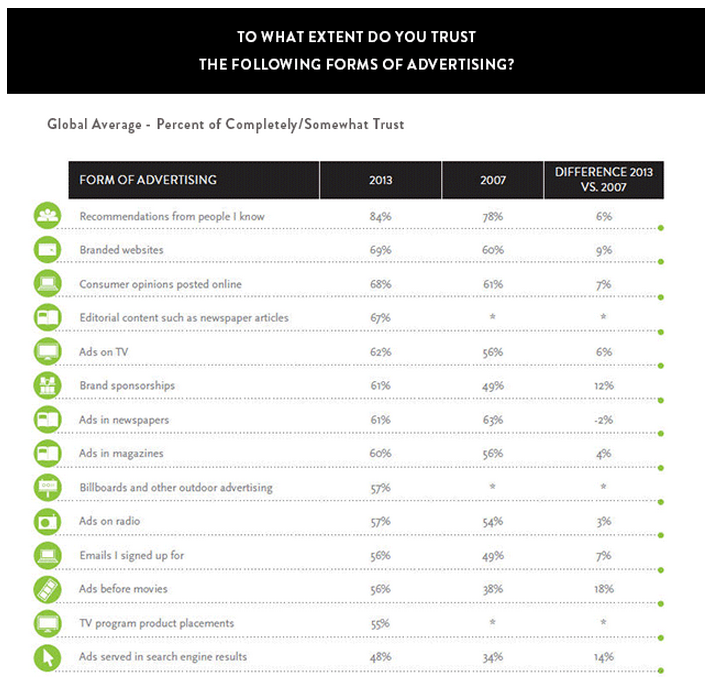
But wait… there’s more. If you looked at the graphic above and only looked at the first row (Recommendations from people I know), you may of missed something. Position three (Consumer opinions posted online) and position four (Editorial content such as newspaper articles) are all also forms of referral marketing.
Remember, referrals aren't just limited to friends and family. They can come from a variety of sources, provided the receiver of the message trusts them. So what are the major types of referral channels?
- Friends/Family
- News Publications
- Customer Reviews and Opinions Posted Online
- Influencer Opinions (Bloggers, Social Media Influencers)
- Testimonials
3. Reach and Acceleration
Not long ago, reach of the average reach of a typical consumer was limited. For the most part it was contained to the number of people they saw in person each day or talked to on the phone. In this day and age though, the average consumers' reach is much larger and for many people with strong social followings, it can be enormous. Some consumers now have the power to make or break a business by what they say about it online.
 |
| Hilary Duff holding up a Wildflower iPhone case |
With a simple Facebook post, Twitter tweet or Instagram selfie, the average consumer can now reach hundreds, if not thousands or friends (who again trust their opinions) in a matter of seconds. That kind of social reach is a critical reasons to why referral marketing has only gotten bigger over the last ten years.
Referral Marketing Examples
So now we know referral is huge and understand the reasons why it's so important, let's look at a few examples of companies that used referral marketing to catapult their businesses.
Example 1: Dollar Shave Club
Dollar Shave Club is a great example of an ecommerce company that used referral marketing in the form of a marketing video to launch their business. Dollar Shave Club created a honest and cheeky video that now currently sits at 16 million views.
Take a look at the video below:
According to Entrepreneur.com, in the first 48 hours after the video debuted on YouTube, over 12,000 people signed up for the service, by the end of the week, that number over doubled to over 25,000.
Although many people would call this a viral marketing campaign, the truth is every single one of those 25,000 customers was referred by someone that had an enjoyable experience with Dollar Shave Club by consuming their video content.
Example 2: Harry's
Harry’s, a new grooming product company in the ultra competitive market of shaving suppliers for men grew extremely quickly, thanks to referral marketing.
In a detailed post on the 4-Hour Work Week blog, Jeff Raider, co-founder of Harry’s describes the referral based launch campaign they used to acquire over 100,000 sign-ups before ever even launching.
By setting up a referral marketing campaign on their pre-launch landing page that rewarded people with free shaving products in exchange for sharing their brand, they were able to launch to a massive audience and have continued to grow to over 40 employees.
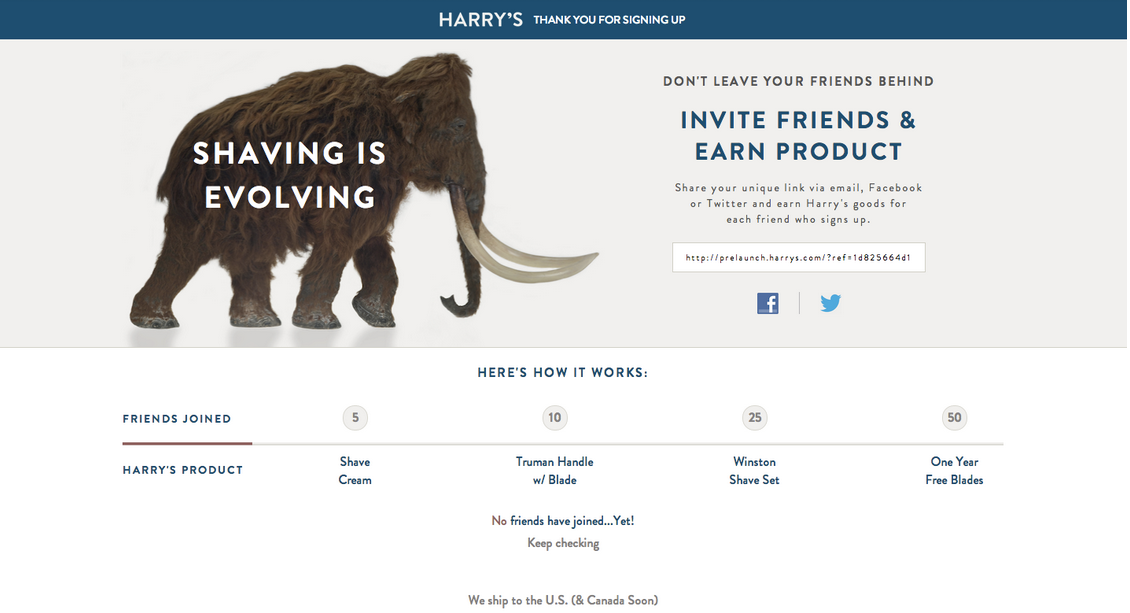
So maybe these are two very extreme cases of referral marketing done right. However, the underlying message you need to understand is that all this was possible because of the power of referral marketing.
How Do You Use And Implement Referral Marketing?
Implementing your own referral strategy to increase referrals and sales isn't difficult. Here’s seven tactics you can implement today for your own online store:
1. Provide Exceptional Customer Service and Buying Experience
Are the core of every and all referrals is great products, exceptional customer service and a great overall buying experience. This is fundamental to any referral campaign.
To start, evaluate the buying experience of your own store, looking at it from a customer perspective and ask yourself what's worth sharing with your friends?
2. Pay Attention To Your Analytics
You’re probably already getting referrals and don’t even know it. Google Analytics has a whole section on referrals that can help you pinpoint other sites that are linking and referring people to you. This report can be can be broken down to not just visitors but customers as well, giving you a deep understanding of which of the referring websites are the most qualified.
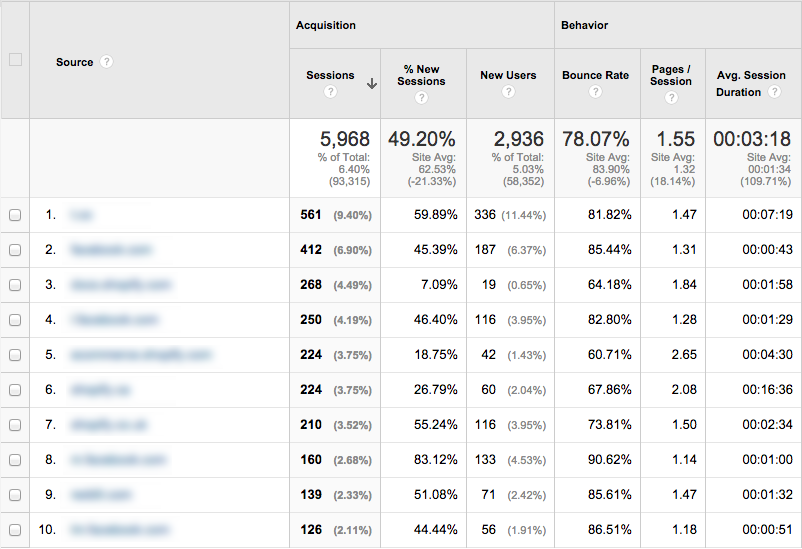
With this knowledge, you can reach out to those sites and work out a plan to acquire even more traffic.
For example, you may work out:
- Additional mentions in upcoming posts
- Guest blog post
- Referral program to share profit with them
3. Make Your Products and Product Experience Sharable
There are many ways to create a wow factor for your customers. Consider your packaging and unboxing experience. In a previous post on shipping and fulfillment we introduced you to the exceptional effort Trunk Club makes to create a great, share-worthy experience for customers.You can see from their packaging below that their customer unboxing experience is very central to their overall brand experience and makes for a great photo to share on Instagram and other social networks.
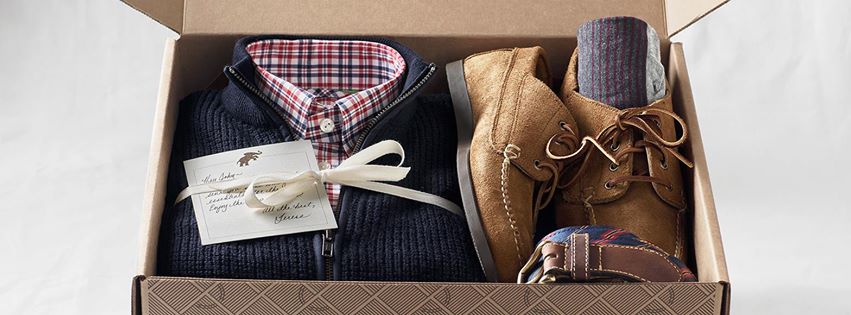
Trunk Club does an such exceptional job at wow'ing customers with the packaging experience, that customers make unboxing videos on YouTube which furthers amplifies Trunk Club's reach through referral marketing.
Everlane is another great example of a brand that uses their packaging as a marketing channel. Items from Everlane arrive wrapped in craft paper with an Everlane sticker and a thank you note that encourages people to share a photo of their purchase on social media.
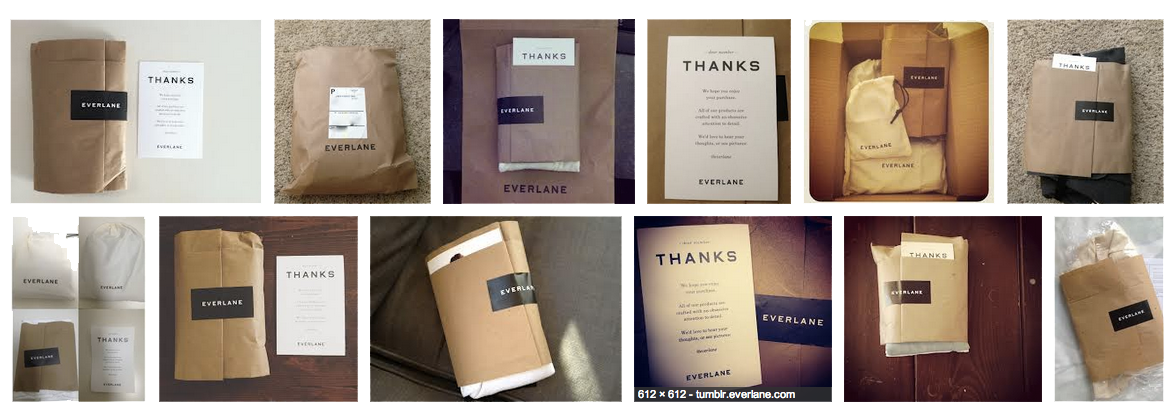
Consider how you can provide a wow factor to customer that makes them compelled to share your products and refer your brand to their network.
4. Make It Easy For Visitors And Customers To Refer Your Brand
You always want to make sure you’re making it as easy as possible to share your products and refer your brand. There are many ways you can do this. Consider how MeUndies Underwear has done this on their site by adding it right to their main navigation. There is no doubt that referring friends is an important call-to-action for them.
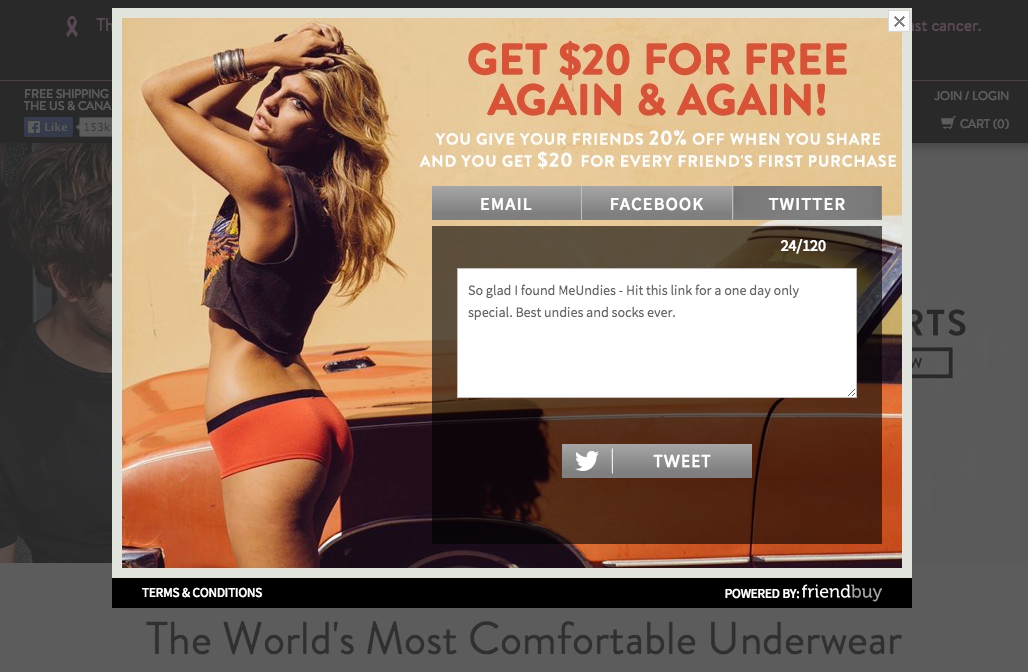
5. Implement a Referral Program
Sometimes people need a nudge. Providing rewards for referrals can be just the thing to get your visitors and customers sharing your brand with their friends and family.In the example at the beginning of this post, we showed you how Harry’s offered several tiers of rewards in the form of products to get people to share their pre-signup landing page. You can do similar by offering rewards through a referral or loyalty program.

Some of them include:
6. Capitalize on Influencers
Influencers within your niche can be a goldmine of referral traffic and sales. The key is to find influencers who's following is close as possible to your target market.
So maybe you're not at the point you can afford to pay Hilary Duff to refer your product, however there are plenty of other influencers out there with small, although still huge audiences you can work with. We touched on influencer marketing in this post and this post, but influencer marketing can be as easy as reaching out to a popular blogger, YouTuber, or Instagramer and asking if they do sponsored postings or if they would like your product for a review.
7. Reviews Are Referrals Too
People trust what other customers say about your company more than what you say so make sure you encourage customers to leave reviews after their purchase.As an example, looking at the product page for BeardBrand Tree Ranger Beard Oil, we can see they have over 400 reviews and an average rating of 4.7 out of 5. The reviews might not drive new traffic to your site but they will help people still on the fence convert.
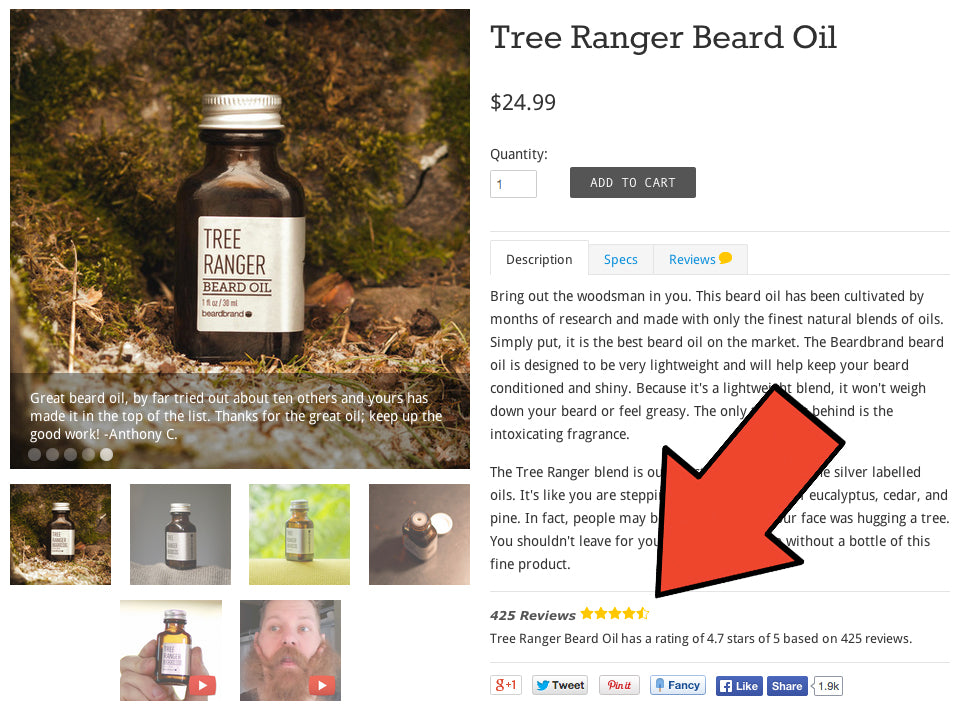
Conclusion
Referral marketing is a powerful and important component for every business. Implementing some basic tactics can help encourage and facilitate the referral process which can be a major source of new sales.For more information and tips and tricks when creating a referral program for your brand, check out the bonus section below.
The view the original article please visit: Shopify
Want more articles like this one. Check out these:
